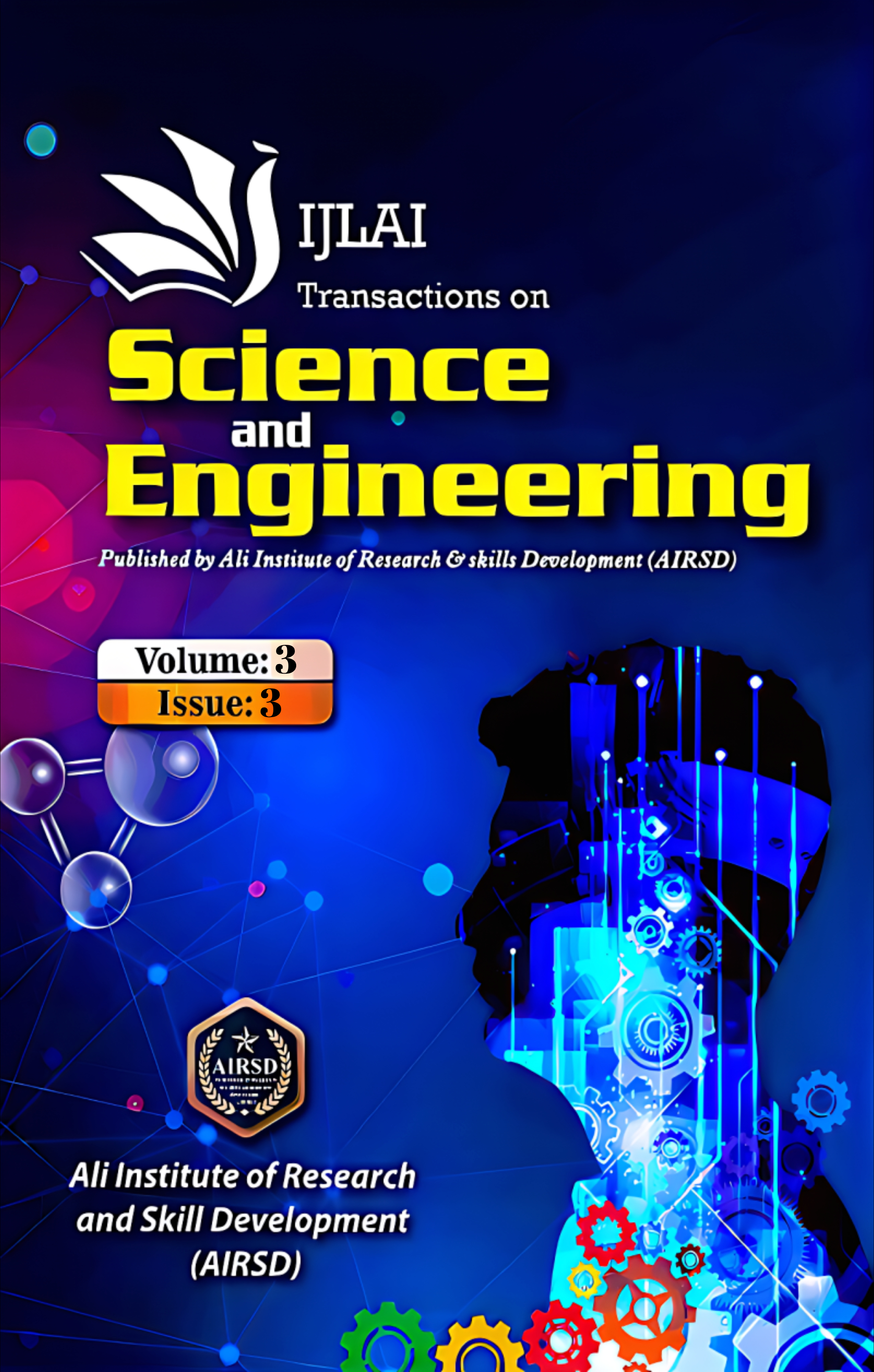From 'Usable' to 'Empathetic': Research on Digital Interface Visual Design from the Perspective of Sensory Engineering
Keywords:
UI design, analytic hierarchy process, TOPSIS, digital interface visual designAbstract
Under the tide of information, UI design has become the core lever for measuring the quality of digital product experience. As various applications permeate daily life, the quality of interfaces has been increasingly magnified. Researchers at home and abroad have devoted their efforts to this, distilling multiple sets of experience paradigms and operational guidelines. Regrettably, the mainstream thinking is still trapped in a two-dimensional flat framework. When interaction technologies are advancing rapidly and functional information flows are surging in a multi-dimensional and three-dimensional manner, the old logic can no longer fulfill the demand for a user-centered quality experience. First, an emotional indicator framework is established through human-computer engineering. In the weight setting part, the grey correlation is incorporated into the group analytic hierarchy process, and the modified analytic hierarchy process (AHP) is used to calculate the comprehensive weights, thereby weakening the subjective flaws of the traditional AHP. Then, in response to the ambiguity of the evaluation, the intuitionistic fuzzy set is integrated with the TOPSIS (technique for order preference by similarity to an ideal solution) ideal similarity ranking method to construct a new comprehensive evaluation model. This study verifies the applicability of human factors engineering in the emotional design of digital interfaces, providing a quantitative path and practical guidelines for the paradigm shift from "usability" to "empathy".






